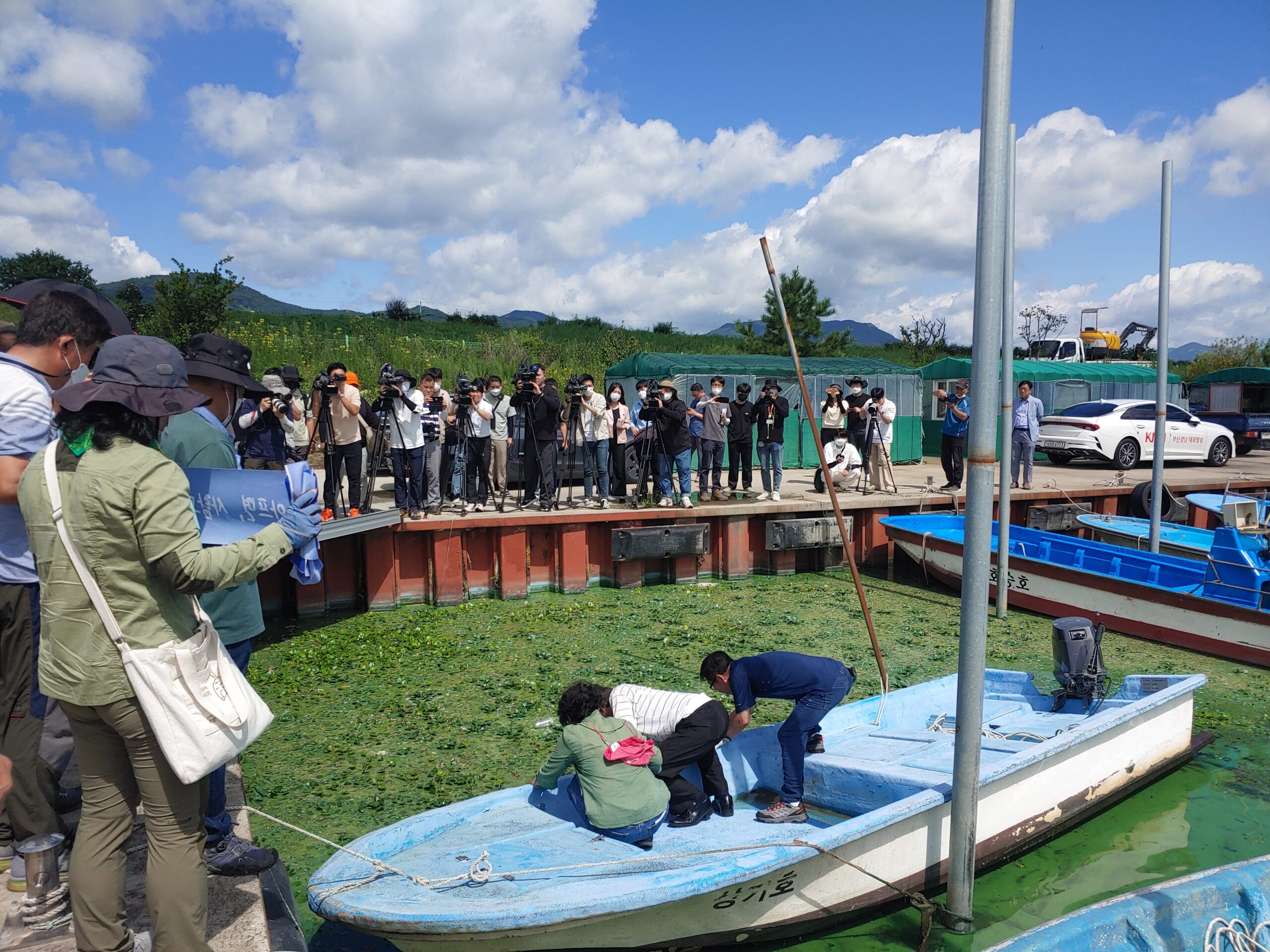River restoration

Rapid climate change and habitat destruction have continuously destroyed biodiversity, including freshwater ecosystems.
According to a Living Planet Index (LPI) report released by the World Fish Migration Foundation and Zoological Society of London in July 2020, the global freshwater fish population has dropped by 76%. This indicates that freshwater fish species are endangered. As a matter of fact, the decline in freshwater fish population is much steeper than other terrestrial and marine species.
The LPI highlights a relatively small decline in numbers of freshwater fish species in Northern America (- 28%), primarily caused by the demolition of dams in the region. Therefore, the most effective method for restoring a river is the removal of cross-river structures such as dams and weirs.
There are approximately 34,000 weirs in rivers across South Korea. In the beginning, they were built to provide water regardless of the season and to prevent flooding, but as the purpose of land use changed, those structures were no longer needed. However, instead of being dismantled, they affect the natural river flows and ecosystems.
In 2008, President Lee Myung-Bak launched a controversial project, the ‘Four Major River Project,’ on the Hangang, Nakdonggang, Geumgang, and Youngsangang Rivers. The project overturned riverbeds and blocked river flows through the construction of 16 tanks, 5 dams, and 96 reservoirs, disrupting the ecosystem and becoming the center of social controversy for more than 10 years.
Taking lessons from this case, the KFEM endorses river restoration. It works to improve the government’s water and river management and other environmental policies. In addition, campaigns are promoted to raise public awareness.
